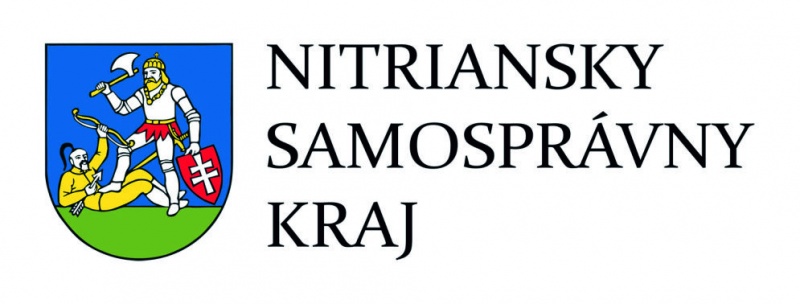Komárom – Esztergom County
Komárom-Esztergom county is the smallest county (2265 km2) in Hungary, located in the north-western part of the country, inhabited by 310 000 people. The centre of the county is Tatabánya.
The county forms a border with the Danube and Slovakia in the north, Pest County in the east, Veszprém in the southwest and Győr-Moson-Sopron County in the west. It is a part of two large regions: the Transdanubian Central Mountains and the Little Plain. There are several protected areas in the region: the Danube-Ipoly National Park (Sztrázsa-hegy educational trail), the Protected Landscape Area of Gerecse, Dunaalmás limestone quarries, the Calvary Hill in Tata and the Nature Reservation of Vértesszőlős.
The Danube is the longest river of the county, forming about an 80 km border with Slovakia. The most significant lake of the region is the Old Lake of Tata and the Palatinus Lake in Esztergom.
The counties of Komárom and Esztergom were established by King Saint Stephen I. Both of the counties extended to the current territory of Slovakia and the borders of the counties had changed several times throughout the history. There are 11 cities in the area since 2007.
Nowadays, it is the second most densely populated county in Hungary. At the time of the first census (1869-1870), it was one of the least populated regions, but in the era of the industrialization (the Rákosi Era), the population number of the county increased. As a result of deportations and the population exchange, the number of the Swabian and Slovak minorities remained significant.
The main attractions of the area are the historical monuments and the natural reserves. Many local and foreign tourists are attracted by the Danube Bend, the Rám Gorge, the Danube-Ipoly National Park, the floating village of Bokod, the Agostyán Arboretum, the Kamalduli Hermitage of Majkpuszta, the Esztergom Basilica, the Old Lake of Tata, the English Garden and the Eszterházy Castle, the Fortress in Komárom, the Turul Monument in Tatabánya. The programme offered by the region is very colourful: a lantern boat parade and a water carnival, music and gastronomy festivals, craft fairs and bird watching events are waiting those who would like to relax in the region.
The region has significant importance in economic terms as well. It had the highest GDP per capita in 2005 – almost five times the national average. The most important pillars of the economy are machinery, food and chemical industry, tourism and energy services. The most significant industry centres are Esztergom, Tatabánya, Oroszlány and Komárom. Lignite and bauxite are the most significant mineral resources in the region. The most profitable companies are the Hungarian Suzuki (automotive industry), PCE Paragon Solutions (manufacturer of electronics), BorgWarner Ltd. in Oroszlány (automotive components), IKR in Bábolna (agriculture). Tatabánya is a home to Delphi Connection Systems Hungary Ltd. (automotive components), Grundfos Hungary Ltd. (electric motors and pumps) and the Coloplast Hungary Ltd. (healthcare products).
Wheat, corn, sugar beet and wine growing are the highlighted activities in the region. As for the livestock, the region is characterized by cattle keeping, pig keeping, poultry and sheep keeping.
In terms of transport, the Bridge of Mária-Valéria is connecting Štúrovo and Esztergom, while the Erzsébet Brigde and the Monostor Bridge are connecting Komárno-Komárom.












